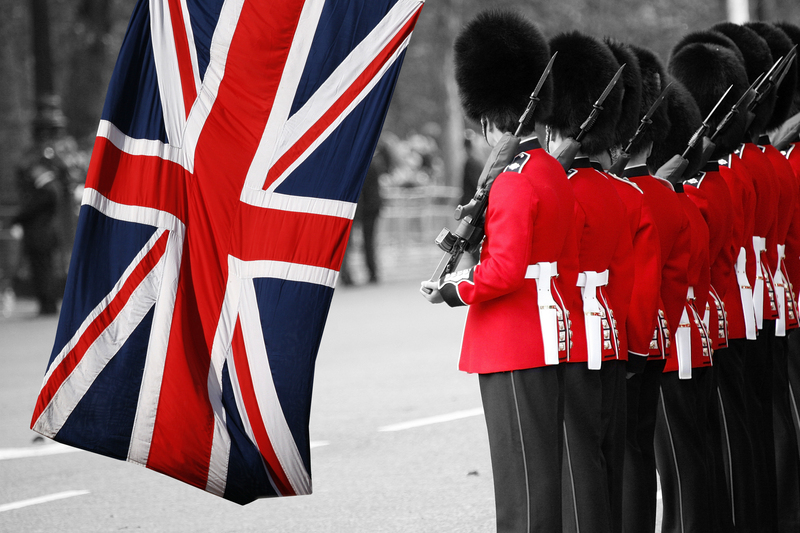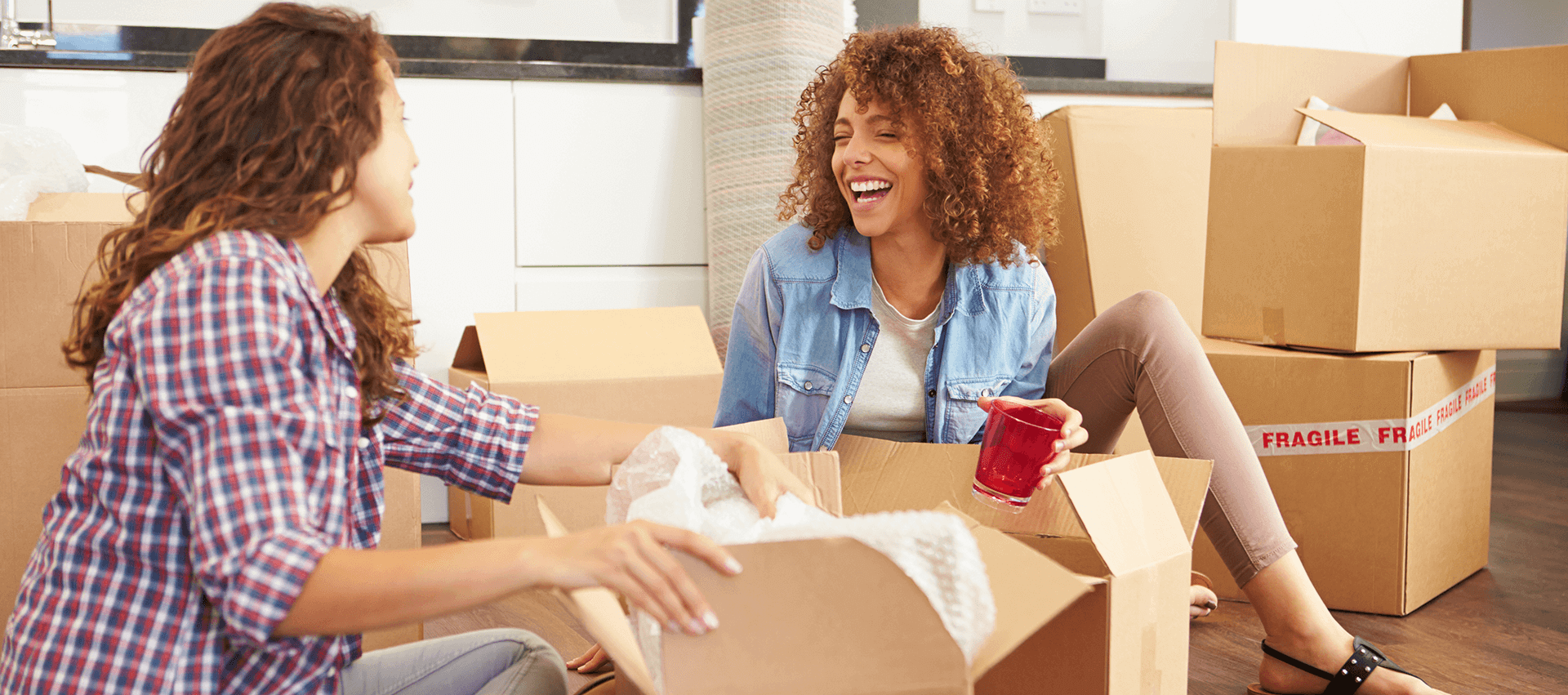Navigate Your Move: How to Pack Like a Master
Posted on 16/06/2025
Navigate Your Move: How to Pack Like a Master
Moving to a new home can be both exciting and overwhelming, but with the right strategy, you can navigate your move and pack like a master. Whether you're making a local move or relocating across the country, mastering the art of packing is essential for a smooth transition. In this comprehensive guide, you'll uncover packing secrets, pro tips, and a step-by-step approach to ensure your valuables arrive safe and organized at your new destination.
Why Packing Efficiently Matters for a Stress-Free Move
Efficient packing sets the foundation for a successful move. When you take the time to organize your belongings, you save on moving costs, minimize the risk of damage, and make unpacking a breeze. Mastering the packing process allows you to:
- Reduce stress by staying organized
- Save money with fewer boxes and trips
- Protect valuables from damage or loss
- Make unpacking faster and more efficient
If you want to navigate your move seamlessly and pack masterfully, follow this step-by-step packing guide built for movers of all backgrounds.

Before You Start: Planning and Preparation
1. Create a Moving Checklist
The journey to packing like a master begins with organization. Create a detailed moving checklist that includes:
- Key dates for moving out, moving in, and hiring movers or trucks
- Notifying utilities, banks, doctors, and your workplace
- Tasks like decluttering, gathering supplies, and packing each room
Having a checklist ensures you don't overlook important steps and keeps your move on track.
2. Declutter: The Master Packer's Secret Weapon
Before you pack a single box, take time to declutter. Moving is the ideal opportunity to let go of items you no longer need. Here's how to declutter effectively:
- Sort by category: Clothes, books, kitchenware, decor, etc.
- Set aside items to donate, recycle, sell, or discard
- Ask yourself: "Do I use this? Will it fit my new space?"
- Host a garage sale or use online platforms to sell unwanted items
A lighter load means you'll use fewer boxes, pay less for movers, and experience less chaos during unpacking.
3. Gather Quality Packing Supplies
Arm yourself with the right packing essentials--they make all the difference when you want to pack like a pro. Stock up on:
- Sturdy moving boxes in various sizes
- Heavy-duty packing tape and dispensers
- Bubble wrap, packing paper, and peanuts
- Stretch plastic wrap for bundling
- Permanent markers for labeling
- Specialty boxes (wardrobe, dish pack, electronics)
- Scissors, box cutters, and zip-top bags
Consider purchasing higher-quality boxes for fragile or heavy items, and never overfill boxes--they should remain easy to lift.
Pack Like a Moving Master: Room-by-Room Guide
4. Label Everything--The Ultimate Packing Hack
Labels are your best friends. Use a clear labeling system to keep track of your belongings:
- Use bold markers with large, legible writing
- Label every box on multiple sides with its destination room and a summary of contents
- Include a "fragile" warning where necessary
- Consider using color-coded tape or stickers for quick sorting
This makes loading, unloading, and unpacking much more efficient-and can help movers place boxes in the correct rooms.
5. Mastering the Art of Packing Fragile Items
To protect delicate possessions, employ these expert tips:
- Wrap items individually in bubble wrap or packing paper
- Fill empty space in boxes with packing peanuts or crumpled paper
- Pack plates vertically for added strength
- Double-box expensive or irreplaceable items
- Label boxes as "FRAGILE" on all sides
When it comes to glassware, mugs, and dishes, small boxes are best. Never stack heavy items on top of fragile boxes.
6. Appliances and Electronics: Secure and Prepare
Electronics and appliances require special care:
- Take pictures of cable setups before unplugging
- Pack original boxes when possible--if not, use plenty of cushion
- Secure moving parts (oven racks, refrigerator shelves)
- Remove batteries to avoid corrosion or leaks during transit
- Label cables and plug adapters in zip-top bags
7. Clothes and Linens: Smart Packing Solutions
Clothing is often the last thing to pack--but don't leave it to chance. Practices to pack clothes like a master include:
- Use wardrobe boxes to move hanging clothes with ease
- Roll or fold clothes tightly to save space
- Pack out-of-season items first
- Use suitcases and duffel bags to transport additional clothing or linens
- Protect shoes by stuffing them with socks and wrapping in plastic bags
8. Tips for Packing Books and Documents
Books are heavy, and documents are crucial--handle with care:
- Pack books spine-down in small boxes
- Avoid overfilling--keep boxes under 40 lbs
- Use folders/envelopes for important documents and keep them with you
- Digitize sensitive paperwork when possible
9. Furniture, Decor, and Unusual Items
Don't overlook bulky or awkwardly-shaped decorations and furniture:
- Disassemble what you can (beds, tables, shelves)
- Keep screws and hardware in labeled plastic bags taped to the furniture
- Wrap art and mirrors in bubble wrap and cardboard
- Use moving blankets for furniture to prevent scratches or dents
- Empty drawers and pack contents separately to avoid breakage
Packing Mastery: Pro Tips for Efficiency and Safety
10. Create an "Open First" Essentials Box
Upon arrival, you won't want to dig through dozens of boxes searching for toothbrushes or chargers. An essentials box should include:
- Toiletries and personal care items
- Chargers, basic electronics
- Sna?ks, water bottles, and coffee supplies
- Paper towels, cleaning supplies, trash bags
- First aid kit and any vital medications
- Basic tools (screwdriver, scissors, box cutter)
- Important documents, keys, and small valuables
Make sure this box is easily accessible and travels with you, not on the moving truck.
11. Don't Overpack--Weight Distribution is Key
It's tempting to fill every box to the brim, but even weight distribution is critical:
- Heavy items like books go in small boxes
- Light items, such as bedding and pillows, fill larger boxes
- Distribute weight between boxes to avoid injuries or damage
If a box is too heavy to lift comfortably, it needs to be repacked.
12. Inventory Your Move
Create a master inventory list--number your boxes and keep track of their contents. This helps you:
- Monitor what you packed and where it is
- Expedite insurance claims if something goes missing or is damaged
- Streamline the unpacking process
Inventorying is easier with apps or spreadsheets. Snap photos of valuable items for extra security.
13. Communicate With Movers or Helpers
If you're working with professional movers or friends, clear communication helps everything run smoothly:
- Explain your labeling system
- Show them priority or fragile boxes
- Give a walkthrough of your "essentials" area
14. Sustainability: Eco-Friendly Packing Strategies
Moving creates a lot of waste, but you can pack like a master while staying green:
- Reuse boxes from local stores or friends
- Borrow plastic totes for multiple moves
- Use towels, sheets, and clothing as padding
- Recycle or donate boxes and packing materials after the move
- Avoid single-use plastics where possible
The Unpacking Process: Master Your Move to the Finish
15. Unpack Strategically
Once you arrive, unpack systematically to prevent feeling overwhelmed:
- Start with the essentials box
- Assemble furniture and set up beds first
- Unpack kitchen items for meal prep and coffee
- Work room-by-room, finishing each before moving on
- Break down boxes and recycle as you go
16. Double-Check Inventory and Condition
As you unpack, consult your master inventory:
- Check off boxes as you find them
- Inspect valuables for any damage
- File insurance claims if needed

Frequently Asked Questions on Packing and Moving Like a Pro
Q: How far in advance should I start packing for a move?
Ideally, plan to start packing non-essential items 4-6 weeks before your move. The closer you get, the more frequently used items you can pack last. Leave daily essentials for your final days.
Q: What's the single most important packing tip?
Label everything clearly! A good labeling system ensures smooth delivery to each room and can drastically speed up both loading and unpacking.
Q: Should I empty drawers before moving furniture?
Yes. Always empty drawers and shelves to avoid breakage and make furniture lighter and safer to move.
Q: How can I reduce moving costs?
Declutter, use second-hand boxes, and compare mover prices. The less you have and the less space you use, the more you save. Consider moving during off-peak days or seasons for lower rates.
Conclusion: Achieve Moving Mastery with These Packing Tips
Moving doesn't have to be chaotic or stressful. By taking the time to plan, organize, and adopt the packing methods of master movers, you'll protect your belongings and make your transition smoother. Remember:
- Start early and create a roadmap, from packing supplies to an "essentials" box
- Employ packing mastery techniques for fragile, valuable, and everyday items
- Take care to label, communicate, and maintain an effective inventory throughout your move
- Unpack with strategy and patience to feel at home faster
With these strategies, you can navigate your move and pack like a master--transforming what is often a dreaded chore into an efficient, satisfying process. Happy moving!





